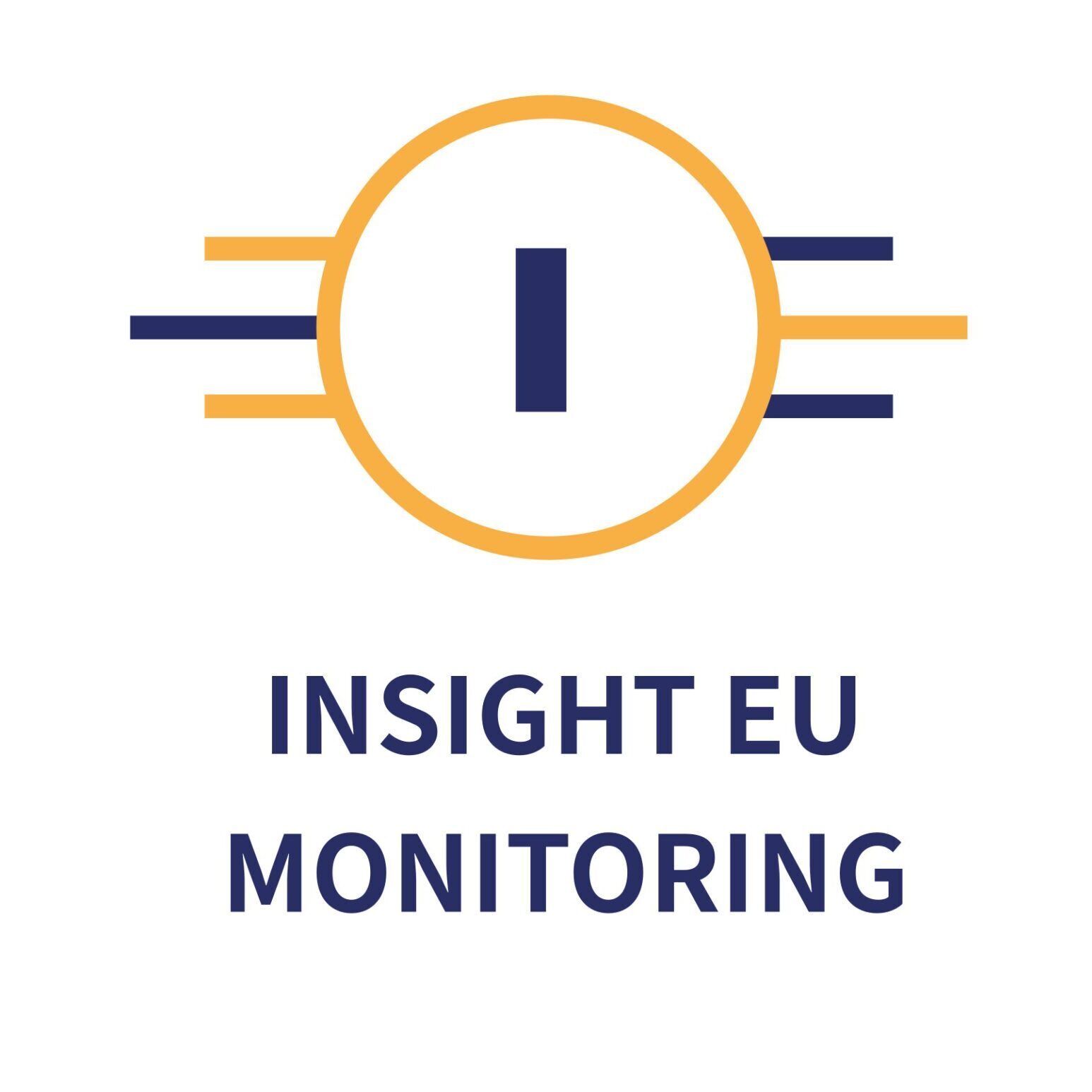E-003134/2022
Answer given by Mr Breton
on behalf of the European Commission
(1.3.2023)
The Commission strongly condemns any illegal access to communication systems and any form of unlawful interception of users’ communications. EU legislation tackles unlawful surveillance and protects data privacy, through the General Data Protection Regulation (GDPR)1, the Law Enforcement Directive2, the ePrivacy Directive3 and Directive 2013/40/EU4.
1 Regulation (EU) 2016/679 of the European Parliament and of the Council of 27 April 2016 on the protection of natural persons with regard to the processing of personal data and on the free movement of such data and repealing Directive 95/46/EC (General Data Protection Regulation), OJ L 119, 4.5.2016, p. 1-88.
2 Directive (EU) 2016/680 of the European Parliament and of the Council of 27 April 2016 on the protection of natural persons with regard to the processing of personal data by competent authorities for the purposes of the prevention, investigation, detection or prosecution of criminal offences or the execution of criminal penalties, and on the free movement of such data, and repealing Council Framework Decision 2008/977/JHA, OJ L 119, 4.5.2016, p. 89-131.
3 Directive 2002/58/EC of the European Parliament and of the Council of 12 July 2002 concerning the processing of personal data and the protection of privacy in the electronic communications sector (Directive on privacy and electronic communications), OJ L 201, 31.7.2002, p. 37-47.
4 Directive 2013/40/EU of the European Parliament and of the Council of 12 August 2013 on attacks against information systems and replacing Council Framework Decision 2005/222/JHA, OJ L 218, 14.8.2013, p. 8-14.
5 Directive (EU) 2022/2555 of the European Parliament and of the Council of 14 December 2022 on measures for a high common level of cybersecurity across the Union, amending Regulation (EU) No 910/2014 and Directive (EU) 2018/1972, and repealing Directive (EU) 2016/1148 (NIS 2 Directive), OJ L 333, 27.12.2022, p. 80-152.
6 https://www.enisa.europa.eu/topics/incident-response/cyclone
7 Commission Recommendation (EU) 2017/1584 of 13 September 2017 on coordinated response to large-scale cybersecurity incidents and crises, OJ L 239, 19.9.2017, p. 36-58.
